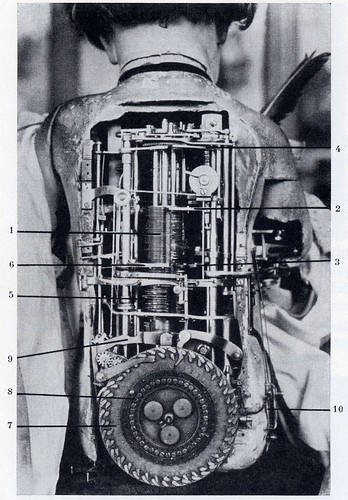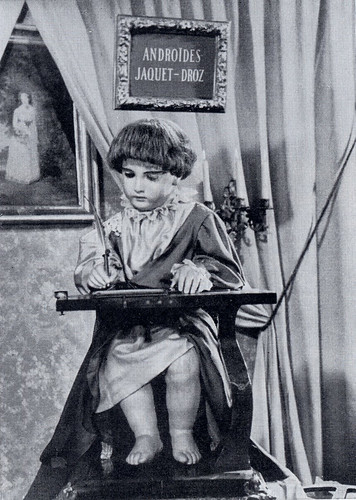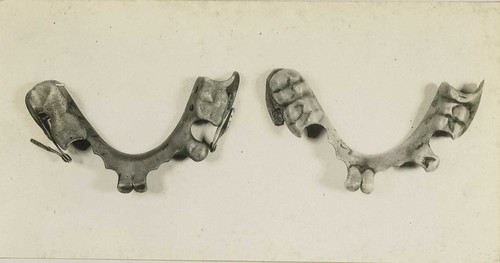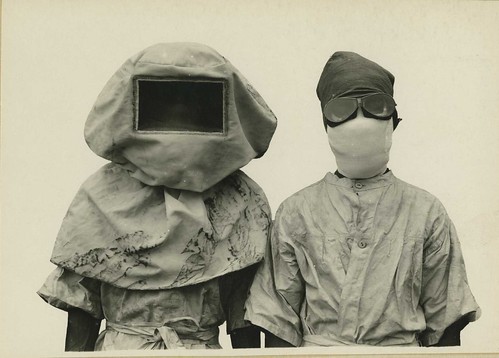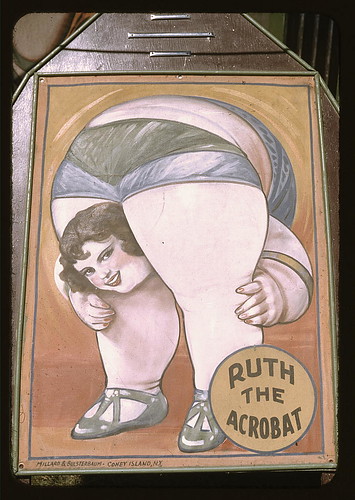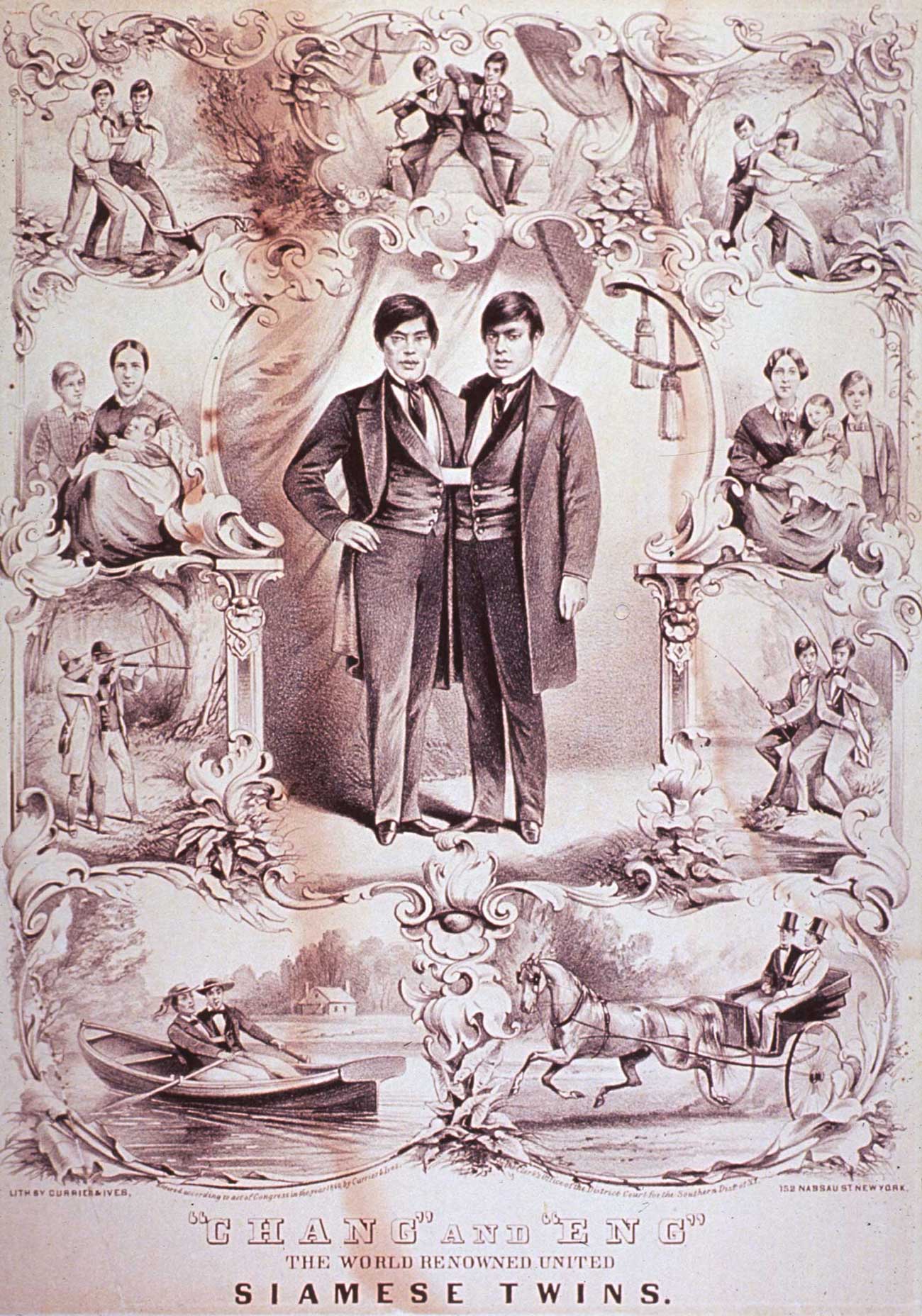
I just listened to this wonderful audio show about forgotten visionary scientist Nikola Tesla on Studio 360. (Well, perhaps it is not quite fair to say "forgotten" when he has been immortalized by the band Tesla and Tesla Girls by OMD...)
One segment of the show details the battle between Thomas Alva Edison and Nikola Tesla regarding direct (AC) vs alternating (DC) (yes--AC/DC!) methods of conducting electricity. Edison, in order to sway the public against Tesla's superior (much safer, better light, exponentially faster ) form of electricity hired representatives to travel to state and county fairs where they would publicly electrocute cats, dogs, horses, chickens, and in one famous incident at Luna Park, an elephant, while saying, "Behold the terrible power of alternating electricity!" Of course, they never mentioned that Edison's proposed DC current would electrocute them just as dead...
Listen to the whole story here. Read more about the elephant electrocution here. and watch it on video above.




